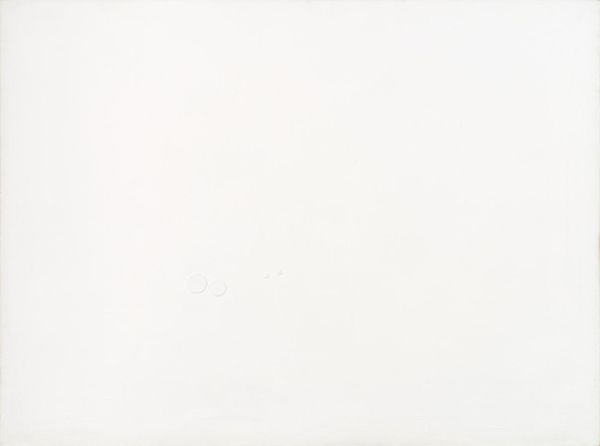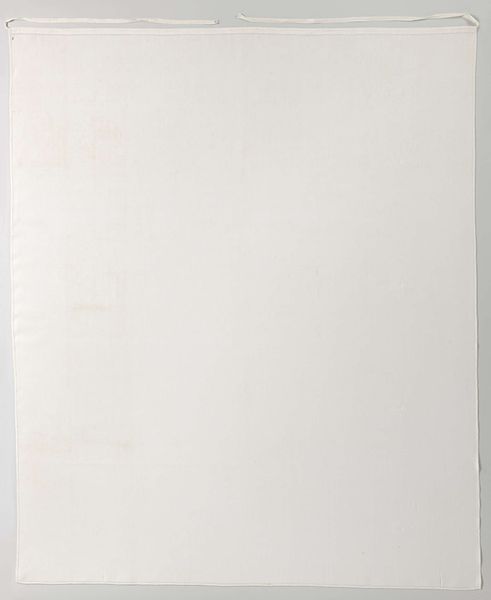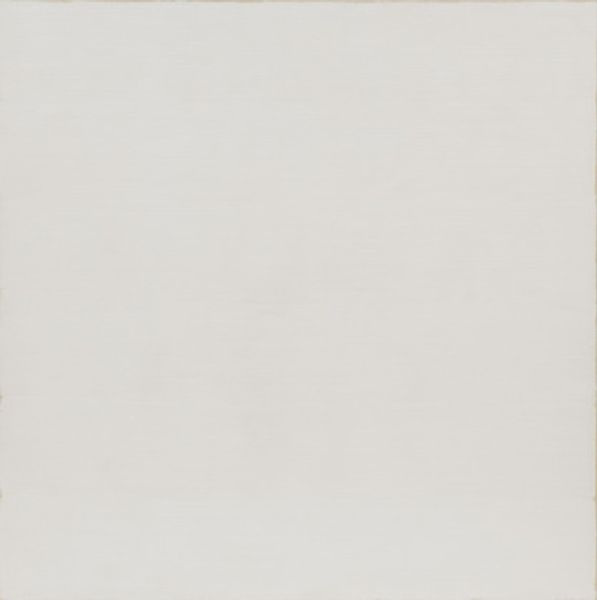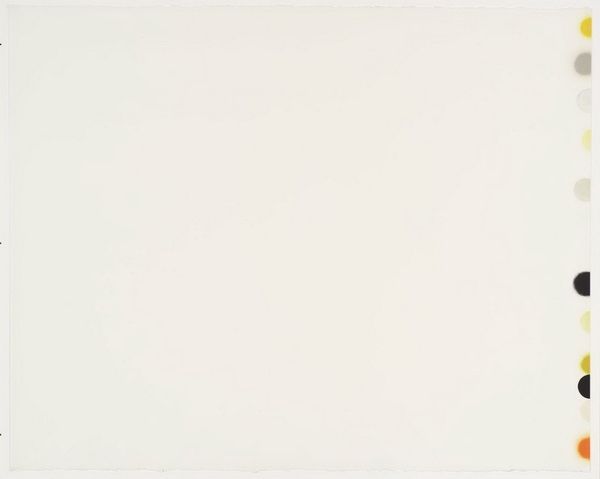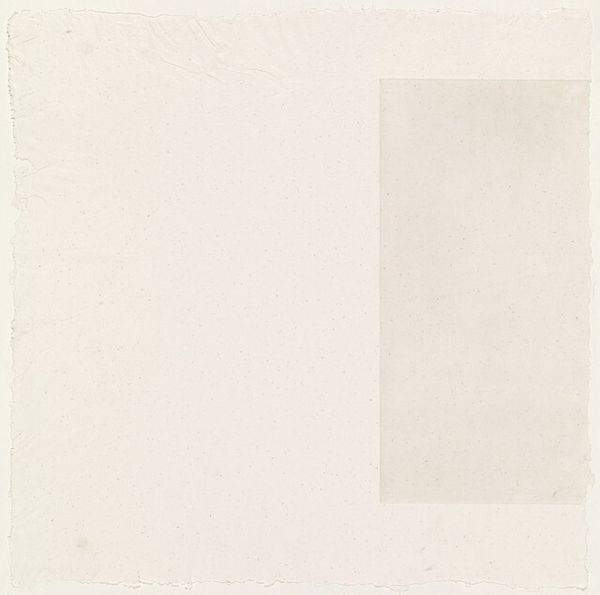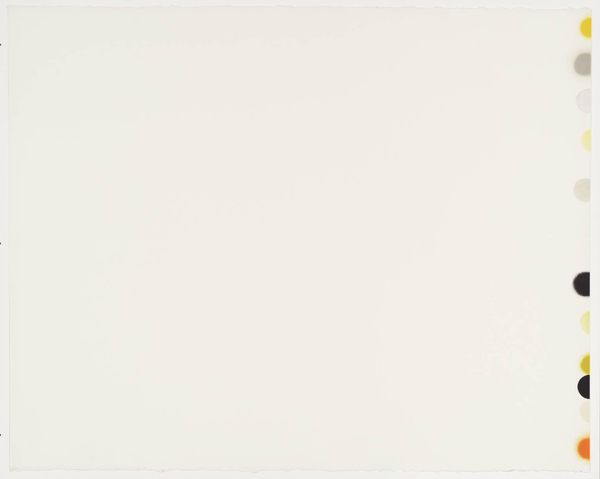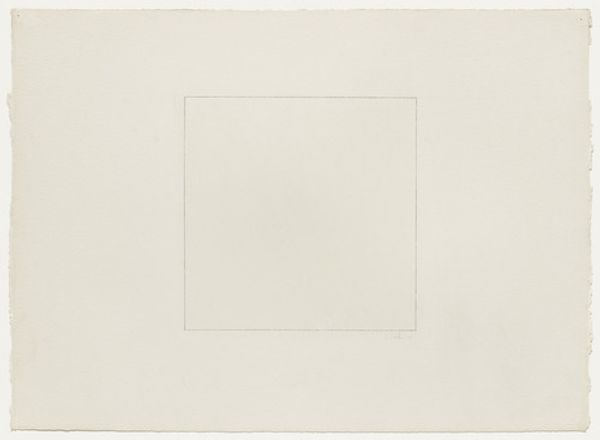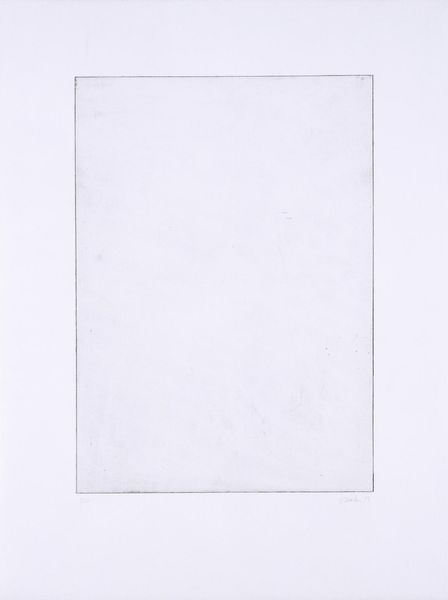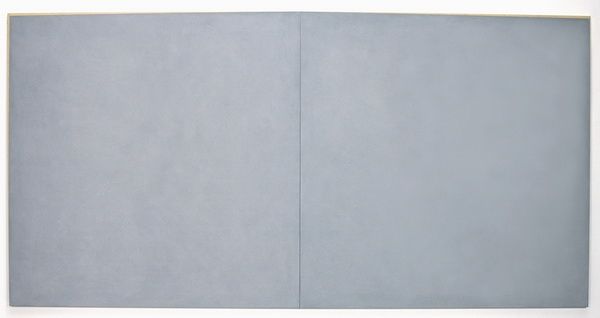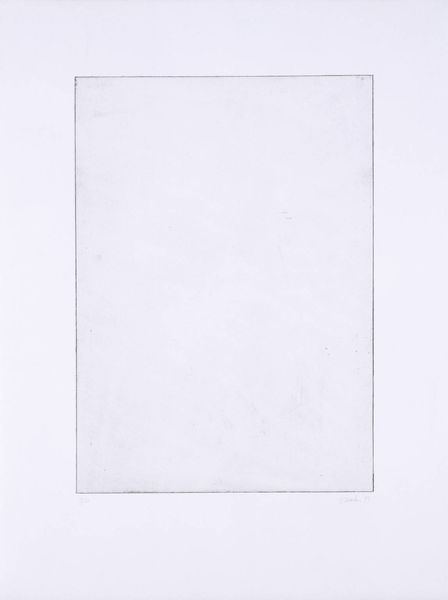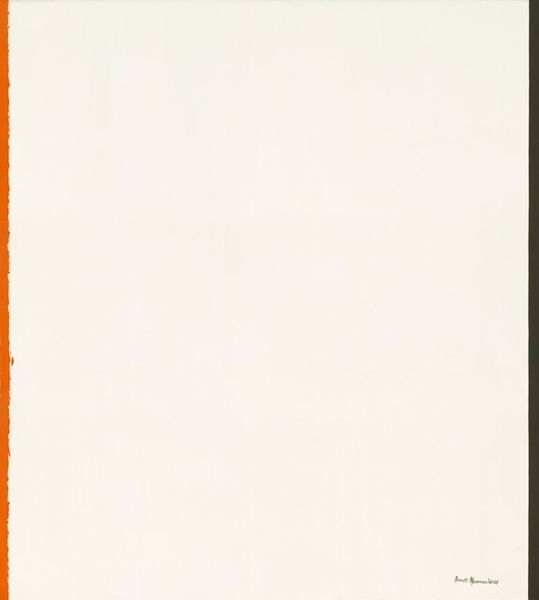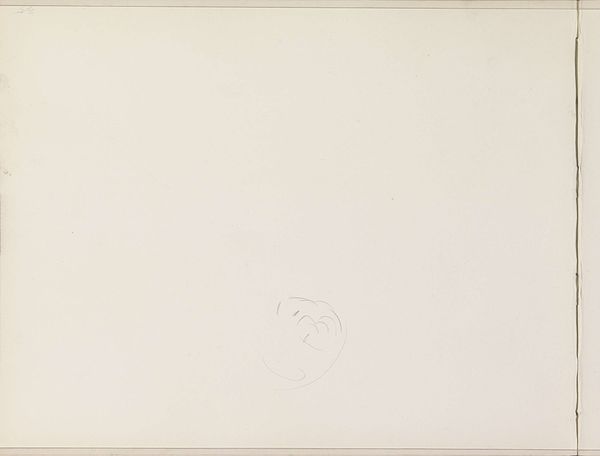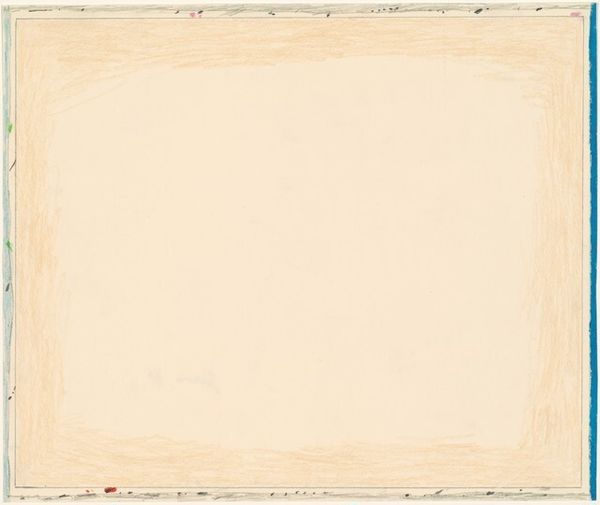
painting
#
painting
#
minimalism
#
white dominant colour
#
colour-field-painting
#
geometric-abstraction
#
abstraction
#
modernism
#
monochrome
Copyright: (c) Ellsworth Kelly, all rights reserved
Curator: Here we have Ellsworth Kelly's "White," a painting dating from 1951. Editor: It's...white. A large white square. Honestly, it feels almost confrontational in its simplicity. Stark. Curator: Indeed. Its apparent simplicity is deceiving. Think about the context in which Kelly was working. Post-war America, the rise of abstract expressionism, a movement characterized by its gesture and expressiveness. And here comes Kelly, stripping everything away. Editor: So it's a reaction against the prevailing trend? An assertion of…what exactly? A different kind of truth, perhaps? What are its constituent materials? I would like to think more about the labor and the process involved in its fabrication. Curator: Precisely! One could see it as a challenge to the market forces that increasingly commodified artistic genius via the outsized personality of artists and that favored complexity. This canvas and paint—likely readily available—demand scrutiny based on the relationship it creates with its beholder, and in some ways democratizes that interaction, wouldn't you say? Editor: Interesting thought, but I'd argue that it can only do that depending on the circumstances of the museum visit. Entry fees, didactic language—the institutional framework inevitably colors our viewing. Was it well-received initially, do you know? Curator: Initially? Critically, no, but the early to mid 1950's were difficult for colour-field and minimalist painters in New York City. By the mid 60's Kelly was considered a vital influence. Its presence here is evidence that it did contribute to broader understanding of where artwork could go. The starkness, this monochromatic field, forced viewers to re-evaluate their own expectations of art, not to mention question what counts as "art" at all. Editor: I still find it a bit aloof. But I grant you, seeing it within that historical context helps unlock some of its potential meanings. Curator: Agreed, and there is a challenge that lingers, even today! Thanks for providing the social frame around Kelly and "White" here today! Editor: Of course. It's important to never accept art in a vacuum, wouldn't you say?
Comments
No comments
Be the first to comment and join the conversation on the ultimate creative platform.
